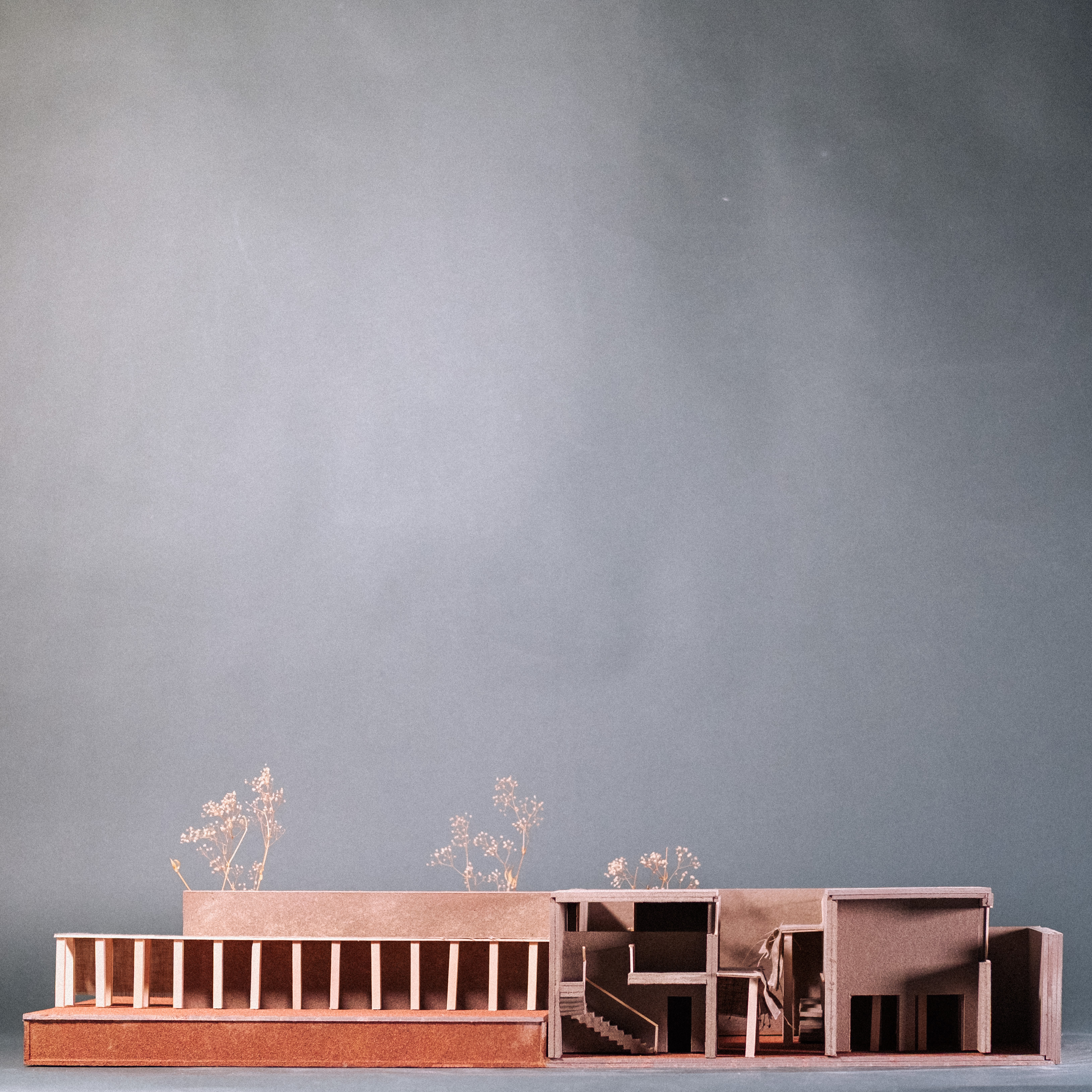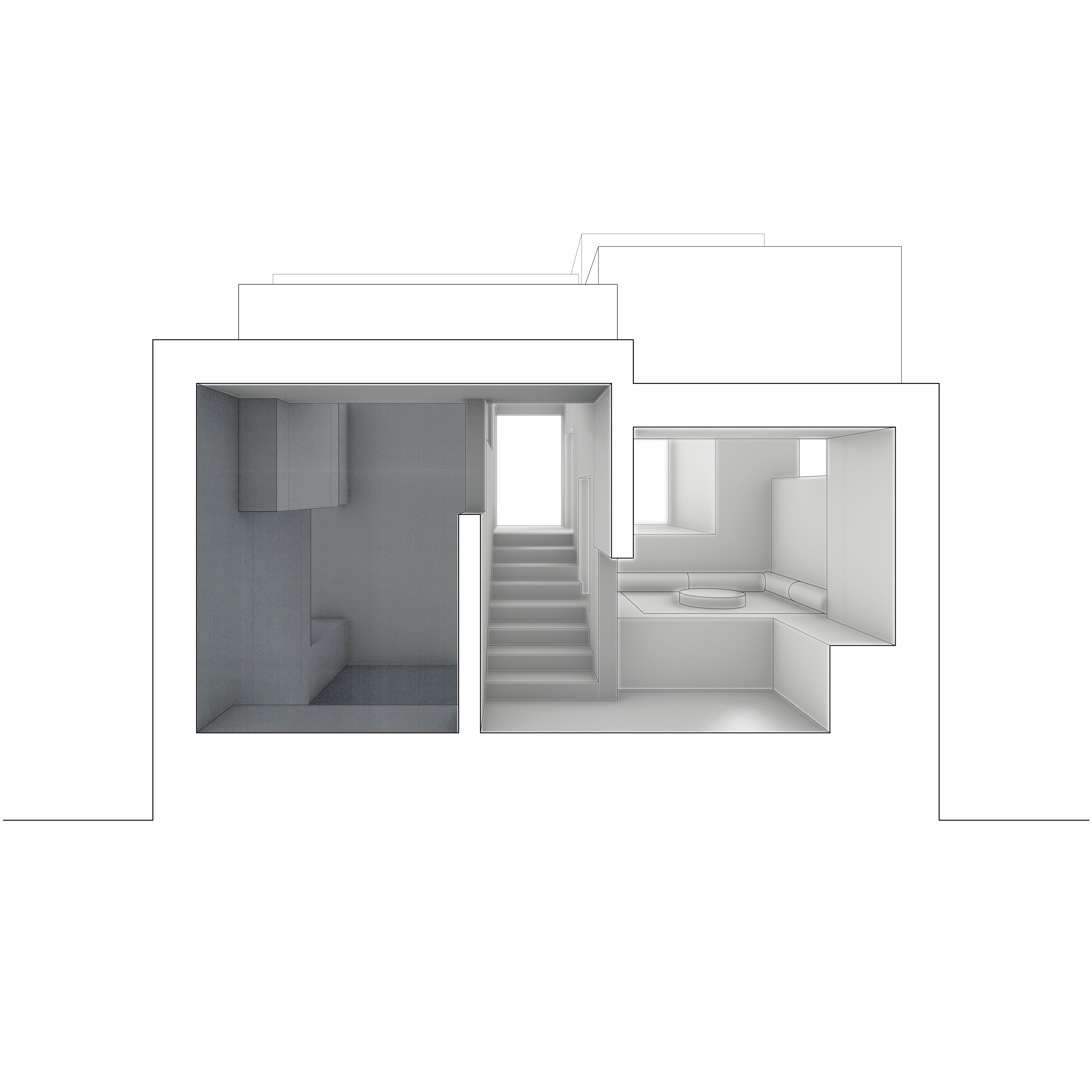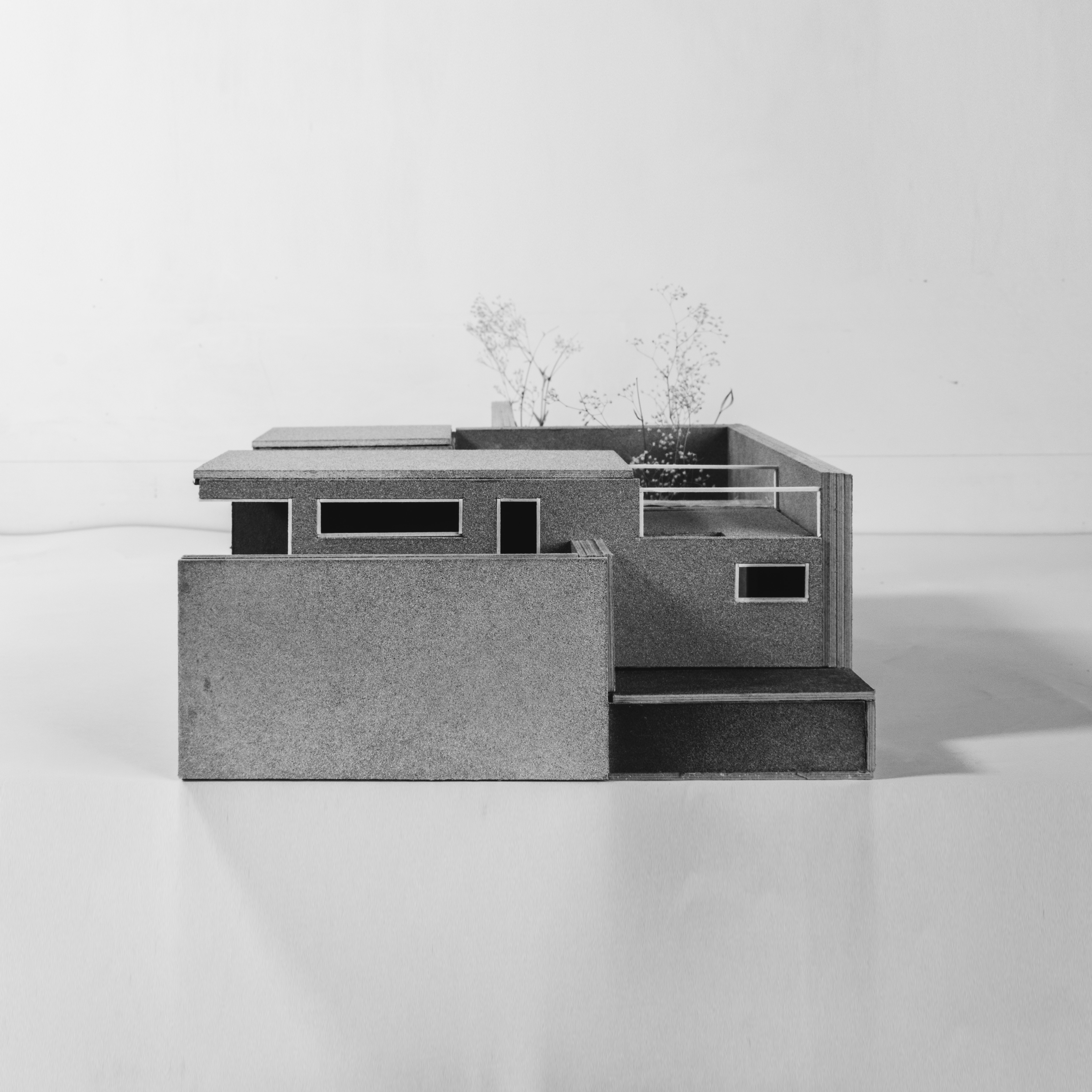
Taught by Liz Galvez
20250507
Life Under the Desert Sun is an exploration of how relationships between architecture and climate can be redefined through the <p-color-blue>reclamation of vernacular technologies<p-color-blue> and strategies for dealing with extreme climates from <p-color-blue>across cultures and time<p-color-blue>. Students explored how these strategies could be reimagined into a <p-color-blue>contemporary context<p-color-blue>, engaging in the <p-color-blue>discursive relationship <p-color-blue>between <p-color-blue>architecture<p-color-blue> and its <p-color-blue>construction<p-color-blue>.

ARCH100D - Techno-Envronmental Artifact
Taught by Liz Galvez
20250219
A <p-color-blue>collaborative work<p-color-blue>, the Techno-Environmental Artifact is a synthesis of existing building technologies in order to <p-color-blue>develop new relationships between building and climate<p-color-blue>. Mass Production proposes new ways of engaging with <p-color-blue>stick frame construction<p-color-blue> and its insulation, using <p-color-blue>thermal mass<p-color-blue> dry-stacked within a contemporary framing system, and organizing space sectionally to create a <p-color-blue>thermal cascade<p-color-blue>.





ARCH100D - A Room with Multiple Climates
Taught by Liz Galvez
20250310
Imagined without context, <p-color-blue>Siteless Climatics<p-color-blue> pushes the limits of how a thermal cascade can <p-color-blue>organize space<p-color-blue> in a single room. Cooler spaces are pushed further down to create almost <p-color-blue>cavernous atmospheres<p-color-blue>, and warmer spaces rise up into <p-color-blue>cozier nooks<p-color-blue>.





ARCH100D - Life Under the Desert Sun
Taught by Liz Galvez
20250507
<p-color-blue>A Village in the Desert<p-color-blue> is an adaptation of the <p-color-blue>climate resilience<p-color-blue> found in the communal living developed by the <p-color-blue>pueblos<p-color-blue> of New Mexico to respond to the <p-color-blue>extreme conditions<p-color-blue> of Phoenix, Arizona. The residence is organized around a series of <p-color-blue>thermally distinct spaces<p-color-blue>, which are adapted in climate and in program. As inhabitants move inwards, they travel from <p-color-blue>outdoor common spaces<p-color-blue>, into shaded porticos, and then into <p-color-blue>private indoor areas<p-color-blue>.






